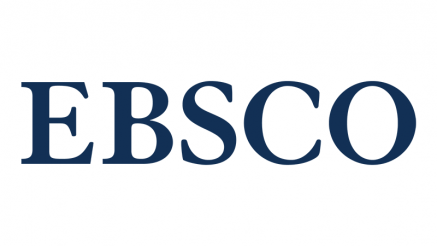Fabrication and characterization of silver nanoparticles with potential use in the treatment of skin cancer.
DOI:
https://doi.org/10.14482/inde.37.1.6201Abstract
Carcinoma-like skin cancer is the world's most frequently diagnosed pathology. Its conventional treatments are classified according to the type of skin cancer that the patient presents and the location of the same. Procedures such as excision with margins evaluation, radiotherapy, curettage and electro dissection, cryosurgery, surgery Mohs micrograph, photodynamic therapy, topical 5-fluorouracil, topical Imiquimod therapy and laser with carbon dioxide. Despite the range of therapeutic techniques available, these therapies are usually accompanied by side effects, which is why it is interesting to study new alternatives based on tissue engineering that can potentially increase the effectiveness of anticancer results and decrease the occurrence of adverse effects. Among the Nano medicine techniques used in cancer, nanoparticles (NPs), which are biocompatible and have been shown to be effective in animal models against the death of cancer cells and the decrease of tumor size, since by strongly absorbing near-infrared radiation they act as sources of local hyperthermia. In order to increase the biological effects of NPs, biofunctionalization or surface activation may be used to ensure anchorage of surfactants, proteins and tissue factors required. In the present project silver nanoparticles of Nano sized were obtained through the nucleation and reduction chemical method, in which several parameters were modified to standardize the size of the nanoparticles, a key point in the treatment of cancer, after synthesis method was made an additional process of biofunctionalisation by the polyethylene glycol (PEG) polymer to improve the anchoring and biocompatibility properties of the nanoparticles. For the characterization of the nano-particles, we proceeded with scanning and transmission electron microscopy techniques; in addition to spectophometric UV-Vis and an assay to determine the viability and cytotoxicity of nanoparticles. It was concluded that with the implemented procedure could be synthesized and characterized nanoparticles for their potential use in the treatment of skin cancer.









